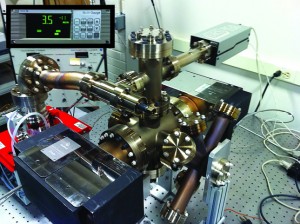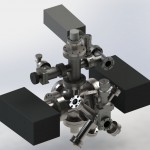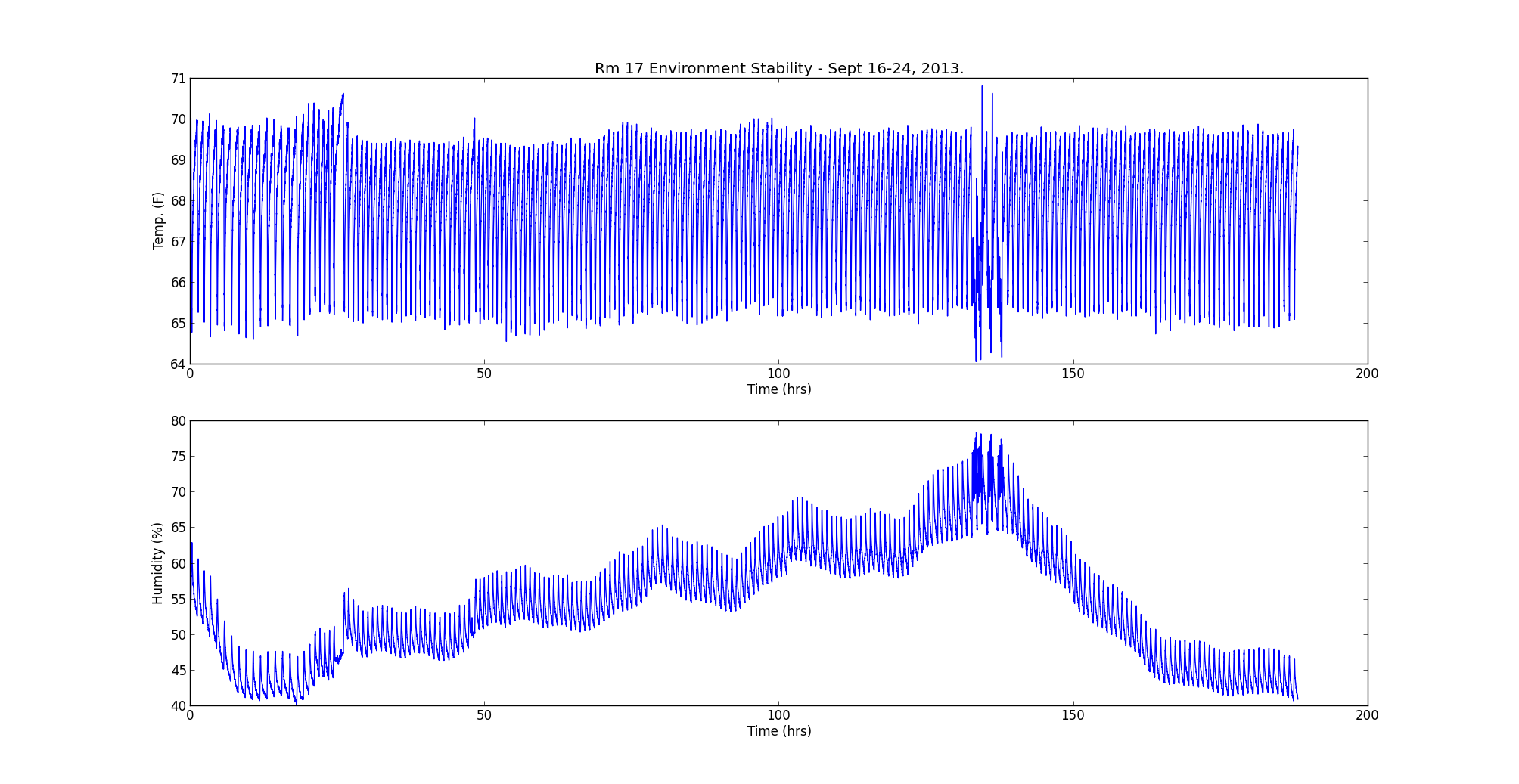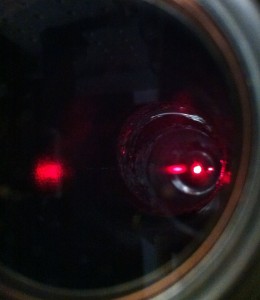Phys. Rev. A 88, 063633 (2013)
Threshold for creating excitations in a stirred superfluid ring
K. C. Wright, R. B. Blakestad, C. J. Lobb, W. D. Phillips, and G. K. Campbell
Abstract: We have measured the threshold for creating long-lived excitations when a toroidal Bose-Einstein condensate is stirred by a rotating (optical) barrier of variable height. When the barrier height is on the order of or greater than half of the chemical potential, the critical barrier velocity at which we observe a change in the circulation state is much less than the speed for sound to propagate around the ring. In this regime we primarily observe discrete jumps (phase slips) from the noncirculating initial state to a simple, well-defined, persistent current state. For lower barrier heights, the critical barrier velocity at which we observe a change in the circulation state is higher, and approaches the effective sound speed for vanishing barrier height. The response of the condensate in this small-barrier regime is more complex, with vortex cores appearing in the bulk of the condensate. We find that the variation of the excitation threshold with barrier height is in qualitative agreement with the predictions of an effective one-dimensional hydrodynamic model.
 The outside of the chamber isn’t quite as aesthetically pleasing as it was, but the inside is very, very clean, and ready for installation of windows, and the lithium vapor sources. Next: move it to the main table and get ready to attach the main chamber.
The outside of the chamber isn’t quite as aesthetically pleasing as it was, but the inside is very, very clean, and ready for installation of windows, and the lithium vapor sources. Next: move it to the main table and get ready to attach the main chamber.





